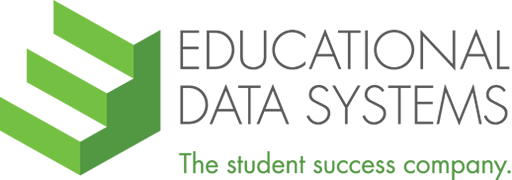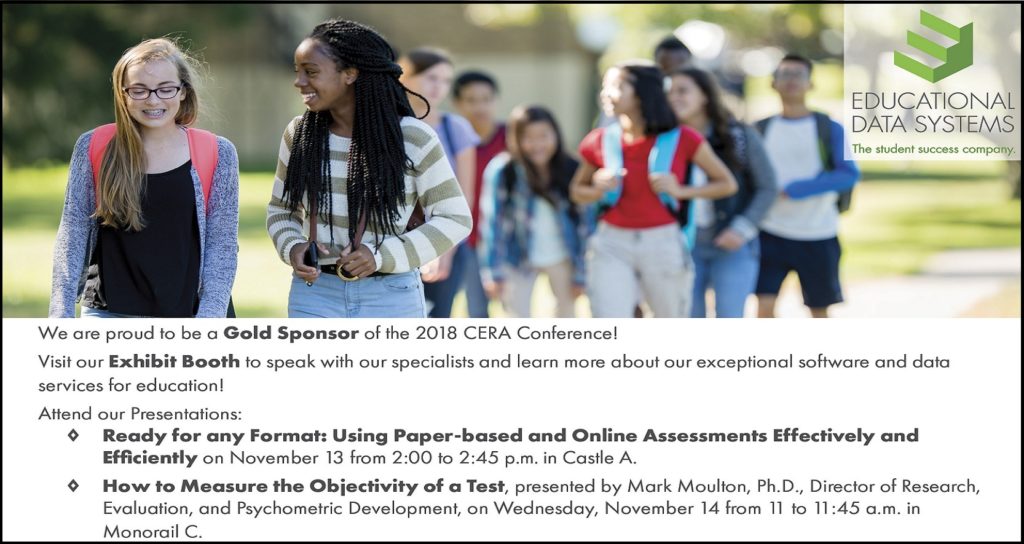Performance task assessment as an educational tool is receiving fresh interest in the context of unhappiness with multiple-choice assessments1. For David Foster, Founder and Executive Director of the Silicon Valley Mathematics Initiative (SVMI), performance task assessment is much more than another passing educational fad. Since forming the Mathematics Assessment Collaborative (MAC) in the 1990s, he has been a champion of using mathematics performance task assessment to improve both student learning and teacher instructional practices.
The work of SVMI/MAC was used as an extended example in the 2013 publication, “Teacher Learning Through Assessment: How Student-Performance Assessments Can Support Teacher Learning,” by Linda Darling-Hammond and Beverly Falk2. The article describes how teachers in MAC member districts use research-based design principles to write performance task assessments aligned to the Common Core State Standards (pages 11–15). Students across all districts take common assessments, and teachers engage in the rubric-scoring process as professional development. Assessment reports include a reproduction of the tasks, scoring rubrics, and examples of real student work, all of which can inform classroom instruction.
To learn more about SVMI’s performance task assessment, Educational Data Systems staff took an opportunity to discuss the topic with David Foster and two other SVMI leaders, Cecilio Dimas, Partner and Director of Innovation & Strategy, and Tracy Sola, Assistant Director. Unless indented to indicate a direct quote, the text for this blog post is an edited but closely paraphrased version of our discussion.
EDS: Would you tell us about the history of why and how SVMI/MAC has supported performance task assessment for math education?
David Foster (DF):The story begins with the English-language arts (ELA) response to a 1975 Newsweek magazine article, “Why Johnny Can’t Write.” Our English teacher colleagues argued that the assessments at the time stressed grammar, vocabulary, and spelling. Writing was not being assessed, so it wasn’t being taught.
That was the birth of the Bay Area Writing Project to assess writing using a prompt, with humans using a rubric to do the scoring. It dramatically changed the way we teach writing in this country and also dramatically changed the way we did professional development. Professional development started to be about long-term ideas for developing good techniques for teaching writing and using writing assessments to review and inform teaching.
Teaching mathematics is about teaching problem solving. The parallel to ELA is to give kids good problems to solve, be able to look at their work, be able to score collectively, and be able to use it formatively to improve instruction.
In the mid-1990s, California was involved in “math wars,” and the governor was impressed with what was happening in Texas (see below for context information). The political battle ended in 1997 with CA adopting new standards in English and mathematics, and the state needed new tests to assess the new standards. Developing a new statewide assessment [from scratch] takes five years, so the state chose an existing off-the shelf multiple-choice assessment.
I was concerned that a multiple-choice test would not provide robust information about students. We had started the Mathematics Assessment Collaborative (MAC) in 1996 and had partnered with the University of Nottingham Mathematics Assessment Resource Services (MARS) to promote research and design a performance assessment instrument. The idea was to use performance task assessment to be able to look at students’ thinking, see how they approached the problem, and see how they were communicating their understanding. Essentially the math performance tasks would parallel a good writing task.
Cecilio Dimas (CD): The original call to action for the 23 MAC member school districts was to discuss other assessment options above and beyond the multiple-choice test. Santa Clara and San Mateo counties [CA] were original MAC members, and although membership has grown in geographic scope and fluctuated through time, the goal remains the same.
DF and CD: SVMI/MAC members administered the first MARS-developed performance-based tests for grades 3, 5, 7, and 9 in the spring of 1998 and expanded to grades 3 through 10 the following year. In 2004, grade 2 performance tasks were added. Teachers in the SVMI/MAC member districts took over writing the tasks in 2012 and continued to use MARS task design principles, aligning the new tasks to Common Core State Standards. SVMI/MAC continues to expand; for example, we have added “Integrated” mathematics options for high school students.
Tracy Sola (TS): Teachers ask for K–1 performance tasks, but we know that it is not developmentally appropriate for those young students to sit down and take a long written test. We have developed K–1 tasks, but they are used differently in classrooms—for example, as whole-group lessons or in individual interviews.
EDS: Will you expand on why performance assessment is vitally important to teachers, students, and parents?
DF: We’d all be better at teaching and learning if we focused a whole lot more on student thinking and student work. Far too often we focus on just what we’re supposed to cover or teach.
Performance task assessment gives us detailed information about what students know and how to build on that to meet the learning goals. [This] understanding helps us be far more effective in addressing the learning needs of those students.
CD: Performance tasks create a space for a lot of student thinking to surface. Even if students are struggling, that’s also usable data.
DF: Typical reports from multiple-choice tests give you a score that tells you only that your kids aren’t very good at fractions (for example). Of course, we want correct answers, but that is a byproduct of what we want students to know and be able to do. What we really want to know is the process and the thinking that goes along with it. What is helpful is to understand what they do know about fractions and where there are misconceptions. Performance assessment provides that information.
For more information about the Silicon Valley Mathematics Initiative, please visit https://svmimac.org/.
FOOTNOTES
- There are better ways to assess students than with high-stakes standardized tests
What Happens When States Un-Standardize Tests?
Assessment Flexibility for States under ESSA: Highlights from New Hampshire’s Innovative Assessment Application
- Teacher Learning Through Assessment

David Foster
David Foster is the executive director of the Silicon Valley Mathematics Initiative (SVMI) comprised of over 160 member districts in the greater San Francisco Bay Area. Besides the intensive work in California, SVMI consults across the country including New York, Illinois, Massachusetts, Ohio, Tennessee and Georgia. SVMI is affiliated with programs at University of California, Berkeley, Stanford University and San Jose State University. David established SVMI in 1996 working as Mathematics Director for the Robert N. Noyce Foundation. SVMI developed most of the content (videos, POMs, MAC Toolkits, Coaching Materials, etc.) that is available on www.insidemathematics.org. Foster is the primary author of Interactive Mathematics: Activities and Investigations, published by Glencoe/McGraw-Hill, 1994. David was a Regional Director for the Middle Grade Mathematics Renaissance, of the California State Systemic Initiative. David taught mathematics and computer science at middle school, high school, and community college for eighteen years.

Cecilio Dimas
Before joining SVMI as a Partner and Director of Innovation & Strategy in 2016, Cecilio was the Director of the STEAM (Science, Technology, Engineering, Arts, & Mathematics) Initiative at the Santa Clara County Office of Education (SCCOE). Prior to leading the STEAM Initiative, he served as a mathematics coordinator at SCCOE where he supported districts in their efforts to implement the Common Core State Standards-Mathematics. He has taught at both elementary and secondary levels, including 2nd grade, 3rd grade, 5th grade, 7th grade math, and Algebra I. SVMI has played a vital role in his development as a learner, teacher, coach, and facilitator. He enjoys working with students and teachers and believes that fostering the development of critical-thinking, collaboration and communication skills are essential for all students to have to thrive in our local, national, and global communities.

Tracy Sola
Tracy Sola has been the Assistant Director of the Silicon Valley Mathematics Initiative since 2015. Tracy has worked with SVMI to deliver professional development to teachers, coaches, and administrators since 2008, facilitating professional development experiences across the San Francisco Bay Area, Southern California, New York, Georgia, and Illinois. Tracy also directed the SVMI Lesson Study Project for many years. On behalf of SVMI, Tracy collaborates with Arizona State University, The University of California, Berkeley, and The Shell Center, University of Nottingham, UK, in the development of electronic versions of mathematics curriculum. Tracy coached K-8 mathematics and taught grades K-8 for 16 years.








